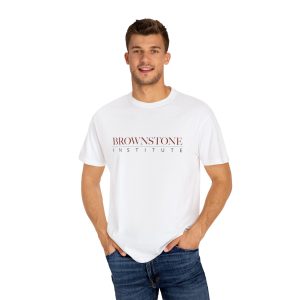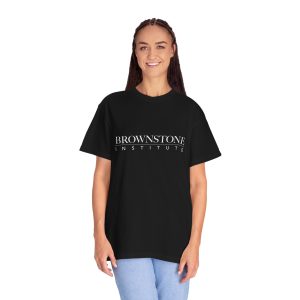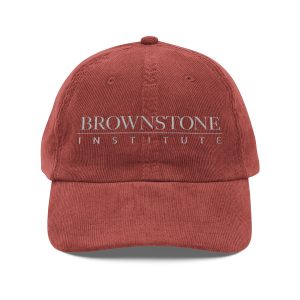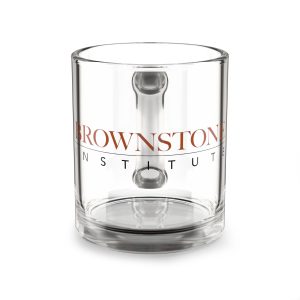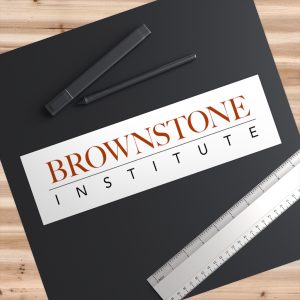With Thanksgiving and Christmas holidays in part celebrating America’s harvest blessings, we celebrate with a diet fêted with all kinds of rich and high-calorie foods. The focus on food makes it a good opportunity to write about the FDA’s regulation of permitted food additives.
One of the focuses of Robert F. Kennedy, Jr. (RFK) and Donald Trump’s collaborative goals to Make America Healthy Again (MAHA) involves questioning synthetic chemical additives in America’s foods. Starting in the 20th century, many food makers started adding chemicals to processed and ultra-processed foods to assist in extending their shelf life and/or to make them appear more appealing to consumers. Many of those additives fall under the FDA’s “GRAS” (Generally Recognized As Safe) designation and/or are artificial food colorings that were “certified” for use by the FDA with their discoveries dating back as far back as 1856.
Of note: “certified” food colorings are similar to a GRAS designation, but aren’t exactly the same from an FDA regulatory perspective. In any case, hey were “grandfathered in” but then just barely/rarely tested since.
Per the FDA’s website:
Under sections 201(s) and 409 of the Act, and FDA’s implementing regulations in 21 CFR 170.3 and 21 CFR 170.30, the use of a food substance may be GRAS either through scientific procedures or, for a substance used in food before 1958, through experience based on common use in food Under 21 CFR 170.30(b).
Although highly intermittent testing has taken place for food colorings that are certified by the FDA, subsequent testing appear to be limited. While an appropriately heavy-handed “Delaney Clause” amendment included in the FD&C of the 1960s “…prohibit[s] the listing of a color additive shown to be a carcinogen,” there still exist many other toxic outcomes of additives which may toxic, independent of their ability to have an effect on cancer.
Modern drug safety assessments routinely test for things like the metabolite toxicity, genotoxicity, reproductive, long- versus short-term safety, absorption, distribution, metabolism, excretion, dose-ranging, and/or accumulation effects on specific organs or systema. It is also unclear exactly who at the FDA (or if anyone at all) independently conducted or ordered important clinical evaluations on food colorings or GRAS additives, and/or what technical methodology was used.
Yellow #5, Red Dye #40, and Blue #1 (and others) in America’s Foods:
Although there are many examples of synthetic dyes and GRAS additives that food and even pharmaceutical, device, and cosmetic manufacturers add to their products to make them appear even more attractive to consumers, one particularly noteworthy example is a food coloring known as tartrazine, a bright, lemon colored azo-type dye. It’s also referred to as “Yellow #5” in the United States. It is widely added to a cornucopia of sweet desserts, cake mixes, cereals, ice cream, candy, savory cheeses,pasta mixes, and other foods. Its only purpose is to make foods appear more appealing; it has little to no flavor.
While tartrazine has been “certified” by the FDA, it isn’t considered an acceptable food coloring across nations. Online breakfast cereal aficionados have compared some cereals made by the same company in the US to those in countries where tartrazine and other artificial food colorings have been banned. The lack of those food dyes renders those same products unrecognizable as compared to the American product.
Tartrazine yellow can be mixed with other colorful, fully synthetic food colorings like “Red Dye #40” and Blue #1, A/K/A “Brilliant Blue” (which on a side note, both are separately associated with their own toxicities). The combinations of a variety of synthetic FDA-“certified” dyes can produce attention-grabbing blue, purple, and red colors as seen in the rightmost images of (for example) Froot Loops cereal below.


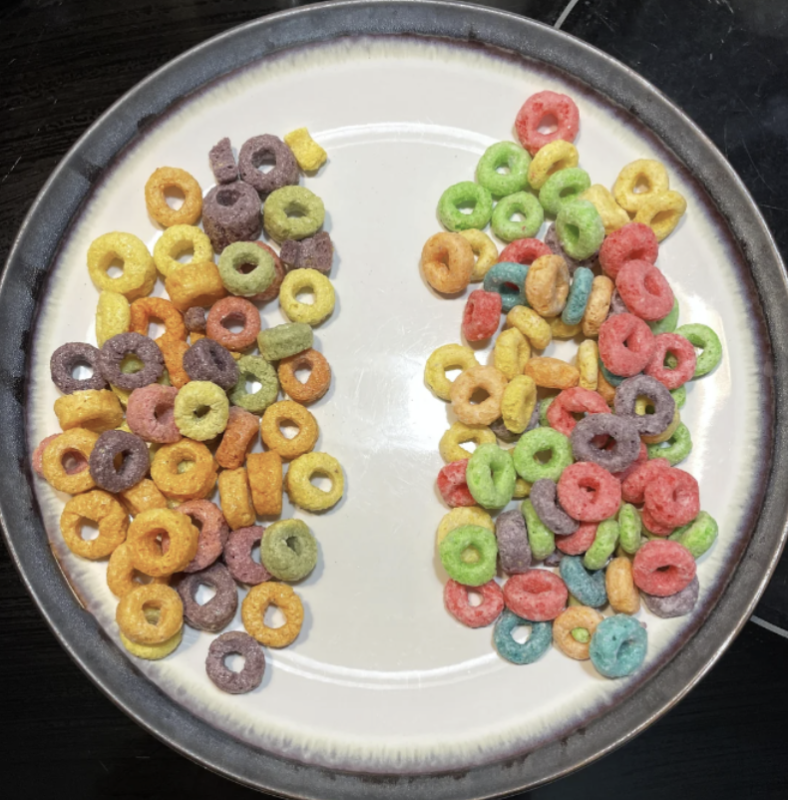

This remarkable visual difference is because Canadian Fruit Loops cereal only permits natural color extracts from fruits and vegetables, as shown in the ingredient list below. Clever and different marketing/illustrations attempt to hide the remarkably different products found in the US versus Canada, as reported by the New York Post.
Note the spelling of the product is “Froot” and not “Fruit” as the product contains no actual “Fruit.”
Also, despite what consumers may think, all of the different colored contents have the same flavor. Other brightly colored variety cereals are also all the same flavor.
Same Product Completely Different Ingredients in Other Countries: New York Times Misstates Basic Facts:
Despite what the New York Times says, the ingredient list of supposedly the same commercial products are remarkably different, despite being made by the same parent company. Specifically, on November 15th 2024, the New York Times had wrongly denigrated Mr. Kennedy’s claim that foreign products of the same name, made by the same manufacturer were vastly different (here is an archive of the NYT’s original misstatement).
While the mistake was obviously low-quality investigative reporting, the confusion raises an important point: Why is there such a profound ingredient difference between US and Canadian products?
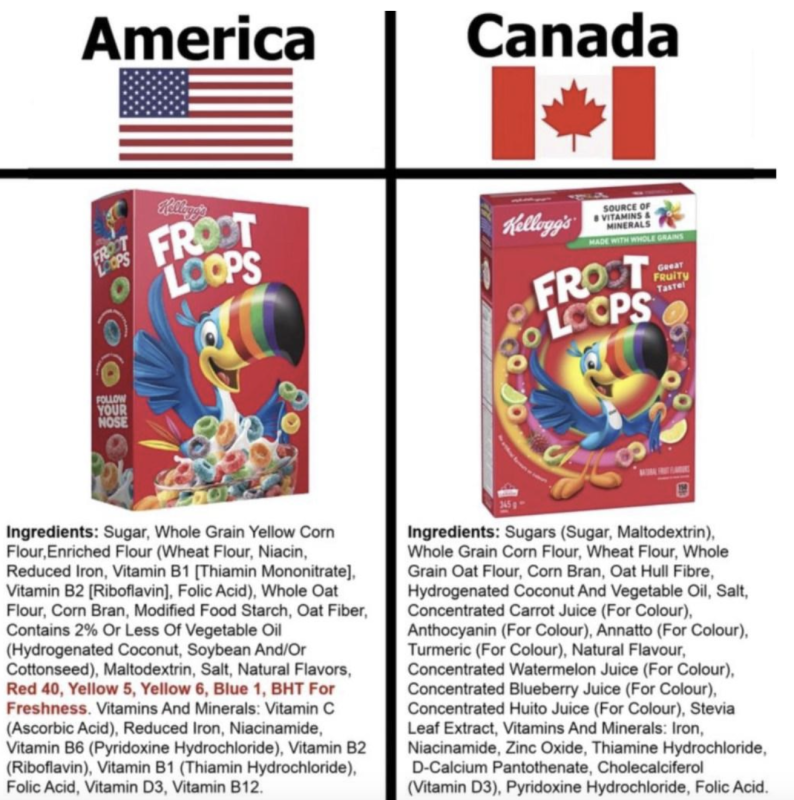

As can be seen in the list of ingredients, there is a remarkable difference in ingredients between different countries’ versions of products, despite being made by the same company.
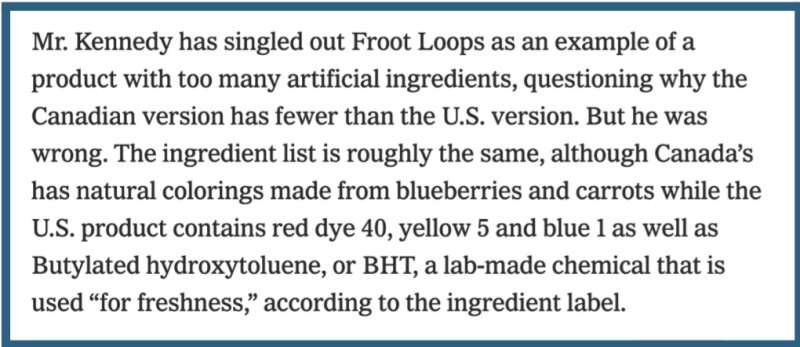

Froot Loops cereal is hardly an outlier; the same presence of food dyes and/or ingredients differences exists with at least a dozen other cereals and hundreds (if not thousands) of other food, drug, cosmetic, or even medical device products.
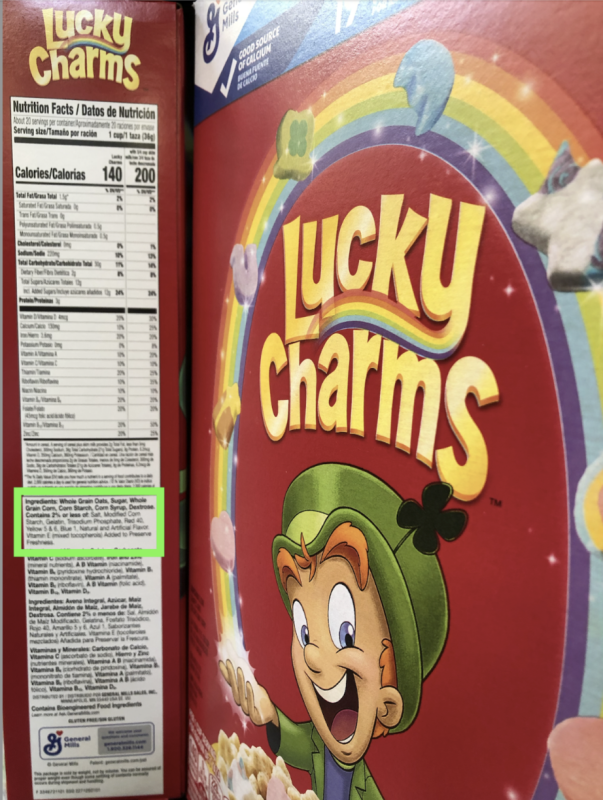

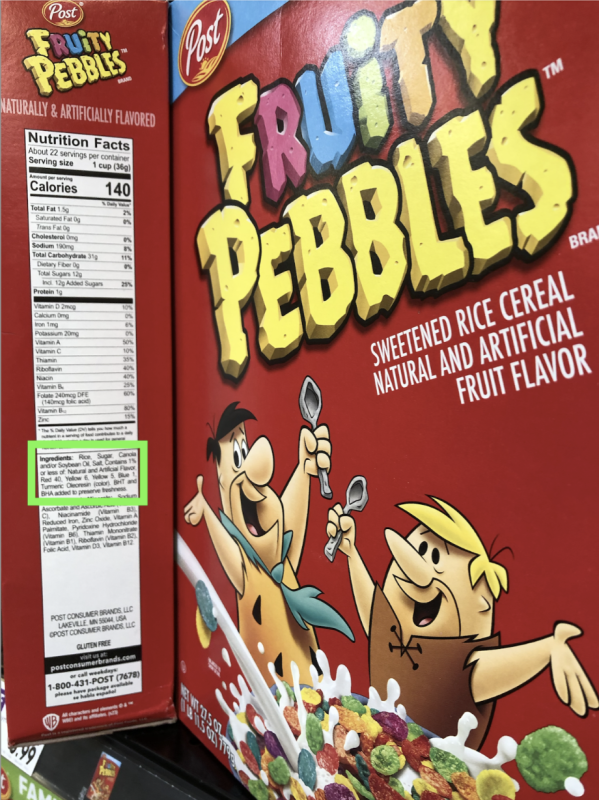

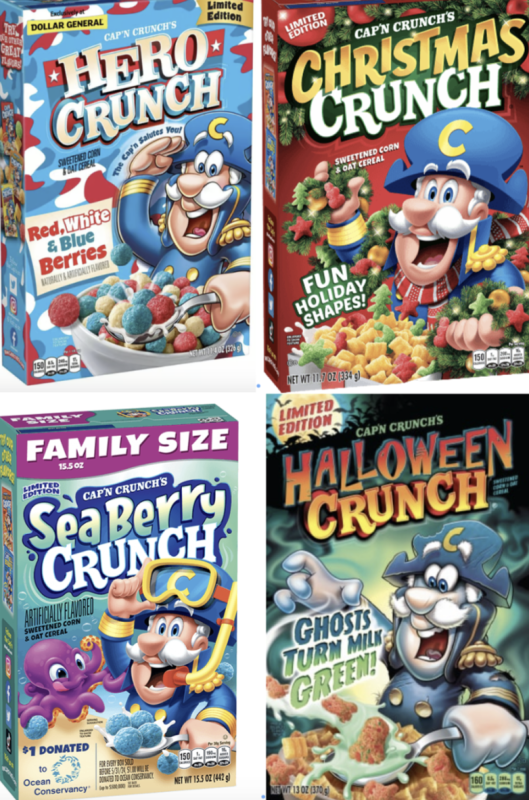

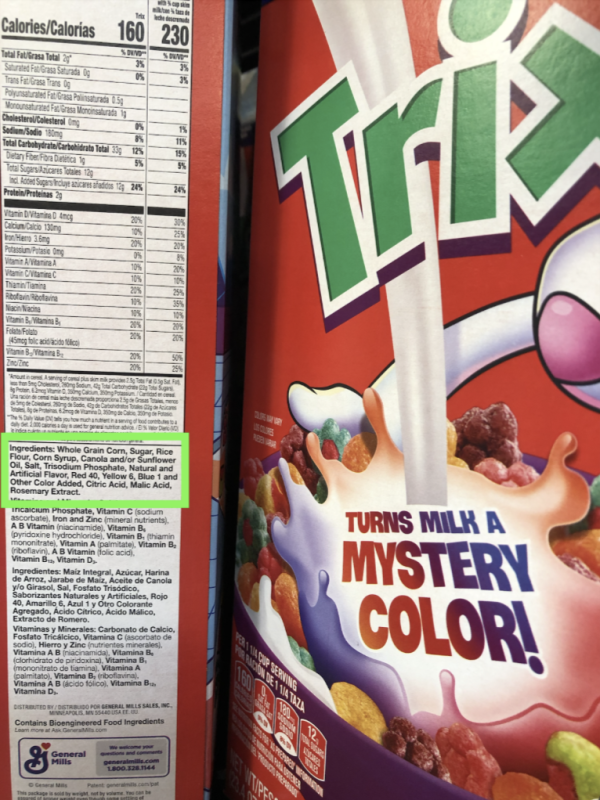

According to the FDA, the existence of food coloring has “many reasons” including to: “…provide color to colorless and “fun” foods.” Food coloring is so ubiquitous that manufacturers even put it in dog food and chicken feed – to make food appear more appealing to humans!
How and Where Are Food Colorings Made?
Tartrazine, for instance, is a chemical refinement of industrial coal tar. Coal tar is a thick, dark liquid byproduct from coal (yes, the same coal that we burn as fuel). Coal tar has a distinctive petroleum smell, like fresh asphalt/black tar roofing material, because that is where it comes from.
Coal tar does have clinical/medical applications which date back to the 1800s, but only as a topical treatment. Coal tar shampoos are widely available in over-the-counter strengths of up to 2% for the occasional treatment of dandruff. Stronger, prescription strength coal tar products may be used to treat eczema and psoriasis.
Topical coal tar soap/shampoo products are not banned substances in Europe or Canada for the treatment of dandruff. But that is because of the obvious differences between topical use for the occasional treatment of a skin condition versus the oral ingestion of a further chemically modified derivative.
Another critical issue is: where are these artificial food colorings manufactured? If the manufacturing occurs overseas in places in China and India (which is a distinct possibility), it is a matter for concern because quality control there can be poor. Plus, as I have written about previously, the FDA almost never independently collects its regulated product from China and India for quality control, adding an even greater level of concern for what consumers may be getting.
Dissimilar Regulation in the US:
Food colorings are especially questionable because they only serve aesthetic/ advertising/marketing purposes, do not change the flavor, and further encourage overconsumption in the long shadow of an already out-of-control obesity problem in America, on top of seemingly being linked to other negative health effects.
While America’s FDA considers food colorings like tartrazine and Red #40 to be “certified” for use, countries such as Sweden, Switzerland, Norway, Germany, Austria, Canada, and others banned its use years ago based on existing data using what is known as the “precautionary principle.” They did so based on the Southampton Study in 2008 which showed that all tested artificial colors pose a risk when consumed. It showed how food colorings cause disruption to the immune system, can be contaminated with carcinogens (likely based on where they are manufactured), can have a negative impact on children’s ability to learn, and have been linked to long-term health problems such as asthma, skin rashes, and migraines.
On top of the Southampton Study, other animal studies have shown that tartrazine has been associated with birth defects, behavioral changes, organ toxicity, and neurotoxicity.
According to the UK’s National Health Service, tartrazine has also been associated with severe allergic reactions and hyperactivity in children. A recent “truth-is-stranger-than-fiction” study out of Stanford even showed that when given to mice, tartrazine can make a mouse’s skin “transparent.” Of all the azo dyes, tartrazine is considered to be the most allergenic, which means that even small doses can be dangerous.
Had tartrazine animal studies shown these kinds of negative findings as part of a new drug application, they would more than likely have not been allowed to proceed as an investigational product.
The countries that banned tartrazine took a proactive step to protect their countrymen despite the fact that America’s FDA budget plus combined resources exceeds that of all of the above listed countries…combined. On the other hand, America’s FDA only bans things once data “proves” them to be dangerous. Is their methodology wrong, or is America’s FDA wrong?
Foreign Countries no Longer Taking Their Lead from America’s FDA:
The failure of the FDA to even casually address potential risks of synthetic food colorings is just one of several modern examples of how international regulatory agencies no longer take the lead from America’s FDA – once the world’s putative premier food and drug regulator. Another example includes how during Covid, while inexpensive, established, and objectively effective drugs like ivermectin and hydroxychloroquine were not just shunned, but actually mocked by America’s FDA in messages telling us, “You are not a horse. You are not a cow. Seriously, y’all. Stop it.”
On the other hand, both ivermectin and hydroxychloroquine were employed as a first-line treatment by dozens of foreign countries (some of them third-world countries) with outcomes data showing that they ended up with lower Covid morbidity and mortality rates.
Instead, the White House, the FDA, and HHS departments entered into a tawdry love affair with more expensive, Big Pharma “warp-speed” mandates and money-motivated hospital protocols – all of which then-president Trump tried desperately to avoid, but was fought every inch of the way by the press and career federal bureaucrats.
How could it be that other countries more vigilantly protect their populations against seemingly harmful synthetic dyes and poorly efficacious, yet logarithmically more expensive novel “warp-speed” products and mandates, despite operating under only a fraction of America’s FDA budget, resources, and personnel?
FDA Routinely Studies “Grandfathered-In” Products…Just not GRAS or Food Colorings:
The US continues to permit the use of synthetic coloring despite the fact that tartrazine was one of the first food additives that raised concerns about the possibility of being related to negative clinical outcomes. In fact, the first medical literature publication in 1959 critiquing tartrazine appeared about a year after its GRAS designation in 1958. Tartrazine had been “certified” by the FDA in 1931 and, for one reason or another, a number of countries have banned tartrazine in conjunction with a multitude of other synthetic food dyes while the US hasn’t. To date, there has been a slow trickle of negative data surrounding several synthetic food dyes, but according to one report, it doesn’t appear that the FDA has made a formal review of important synthetic food dye data since about 1971.
Individual states are now taking the matter into their own hands. California’s legislature, for instance, isn’t waiting. They are following the lead of foreign countries by enacting a ban on tartrazine, Brilliant Blue, Red Dye #40, and others from school lunches. Still, that first-of-its-kind state ban will only have a limited effect, as kids will still be able to get those foods off campus when they buy ultra-processed snacks and foods.
Other countries that sell US-made snacks and candy actually include supplemental warning stickers informing consumers of chemical food dyes.
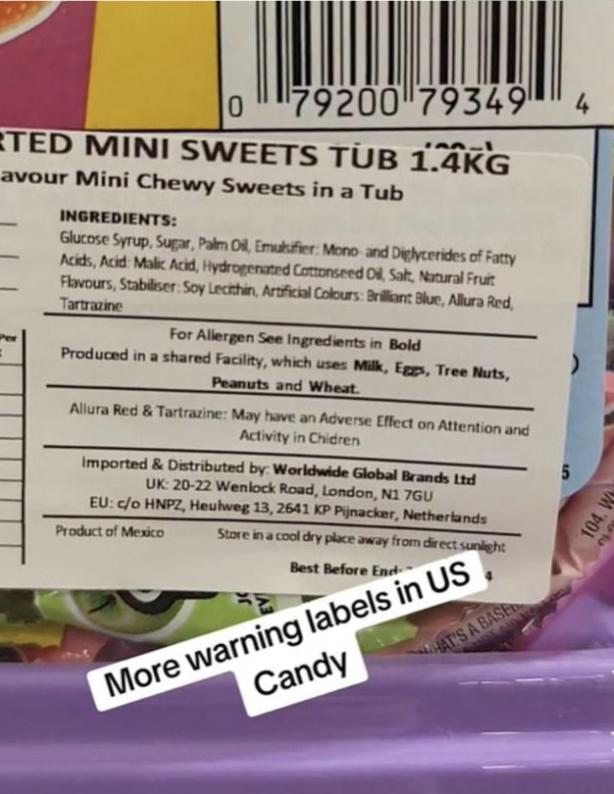

FDA’s Unequal Consideration to “Grandfathered-in” Products:
The failure of the FDA to require a review of the most recent findings and conduct advanced testing is both unacceptable and incongruent, as the FDA has required the testing of other “grandfathered-in” drugs.
Colchicine, an ancient drug for gout (for example) was chosen by the FDA for formal retesting and approval in 2009 to prove that it is safe and effective for modern prescribing patterns and patient populations. Colchicine had been one of the oldest “grandfathered-in” drugs in any pharmacy on the planet, dating back to 1500 BCE where the Hieratic Egyptian translations of Ebers Papyrus referenced corms of the Colchicum autumnale plant.
And as recently as November 2024, the FDA has re-reviewed and is now recommending the removal of over-the-counter phenylephrine cough products from the market which had been approved in 1976.
GRAS food additives and food colorings will be one of many things that Trump-appointed HHS Director Robert F. Kennedy, Jr. and his new FDA commissioner will need to address, alongside an extended list of badly overdue, critical FDA modernizations, overhauls, and reforms.
Join the conversation:


Published under a Creative Commons Attribution 4.0 International License
For reprints, please set the canonical link back to the original Brownstone Institute Article and Author.


